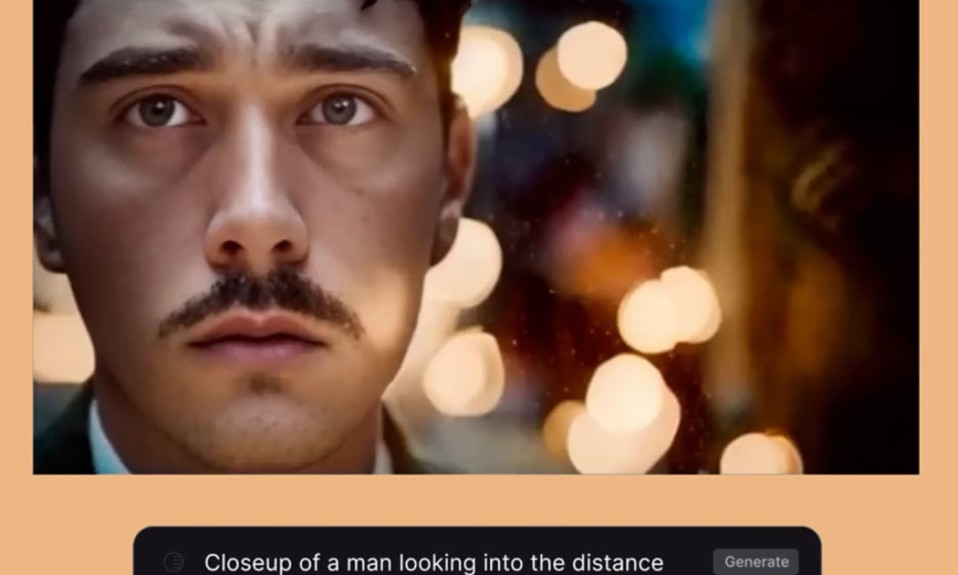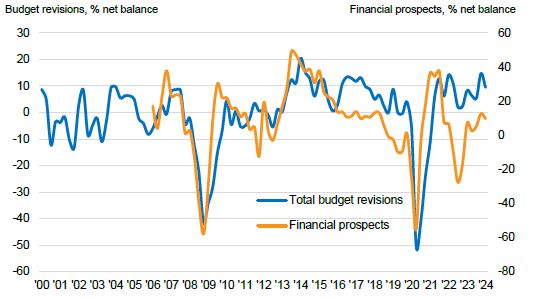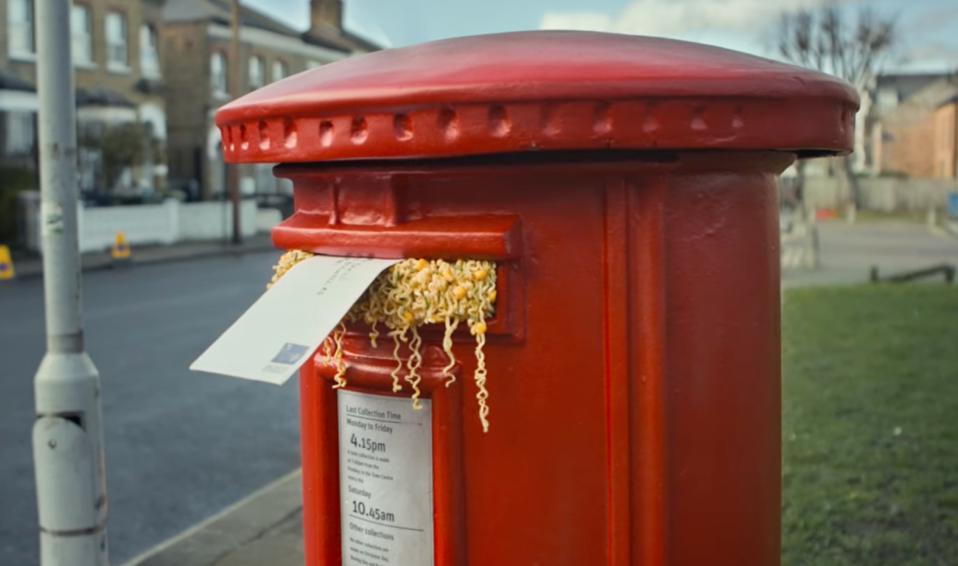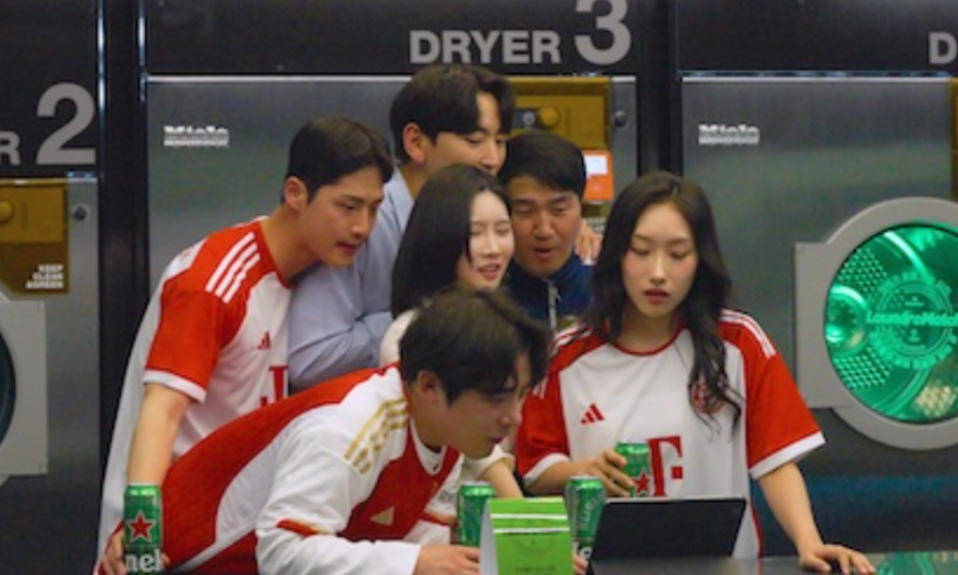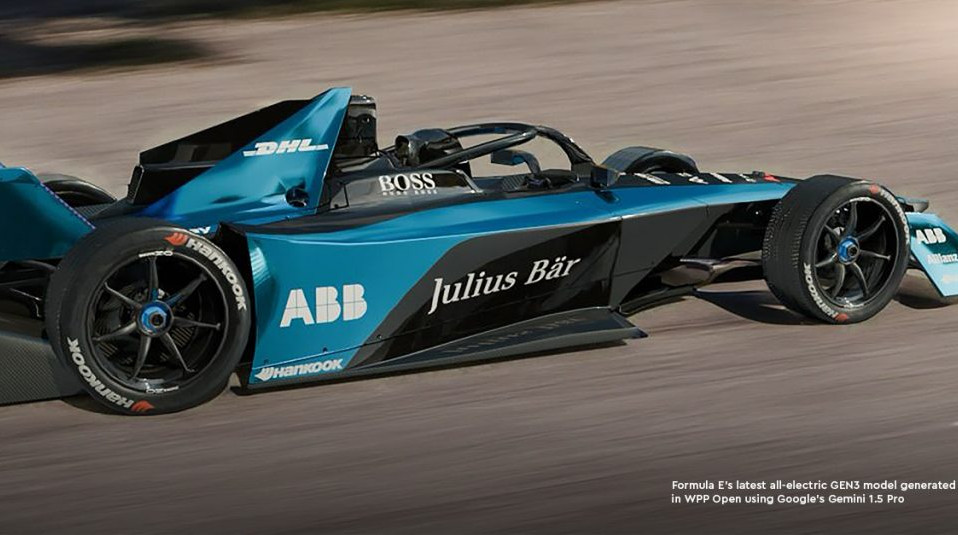The quality of text-to-video content is currently nowhere near production-ready. But in time, the method may advance the digitization that marketers are already applying to their creative, said Luke Hurd, director of experience design at VMLY&R. Cars featured in TV commercials, for example, are often the product of computer-generated imagery (CGI), because using a real model presents all kinds of difficulties, from transportation to video editing. AI could similarly digitize other burdensome details in video, such as the background landscape and potentially the entire spot itself.
Related: A generative AI guide for brands
Text-to-video AI can expand marketers’ generative AI toolkit should platforms be easy to use and integrate, as with the popular text-to-text model ChatGPT. There are potential downsides, of course, such as AI biases that could infiltrate video content and computing inefficiencies. The next six months to a year will be a major test for these models to work out their kinks.
Tim Hawkey, chief creative officer at agency Area 23, has experimented with Runway’s Gen-1 and is eager to get his hands on Gen-2. He views text-to-video models as relieving certain quirks of text-to-image models. The “flipbook effect,” for example, refers to how anyone wishing to simulate a video with the help of an image generator will need to create hundreds of different images and then splice them together. The final product functions similarly to a flipbook.

